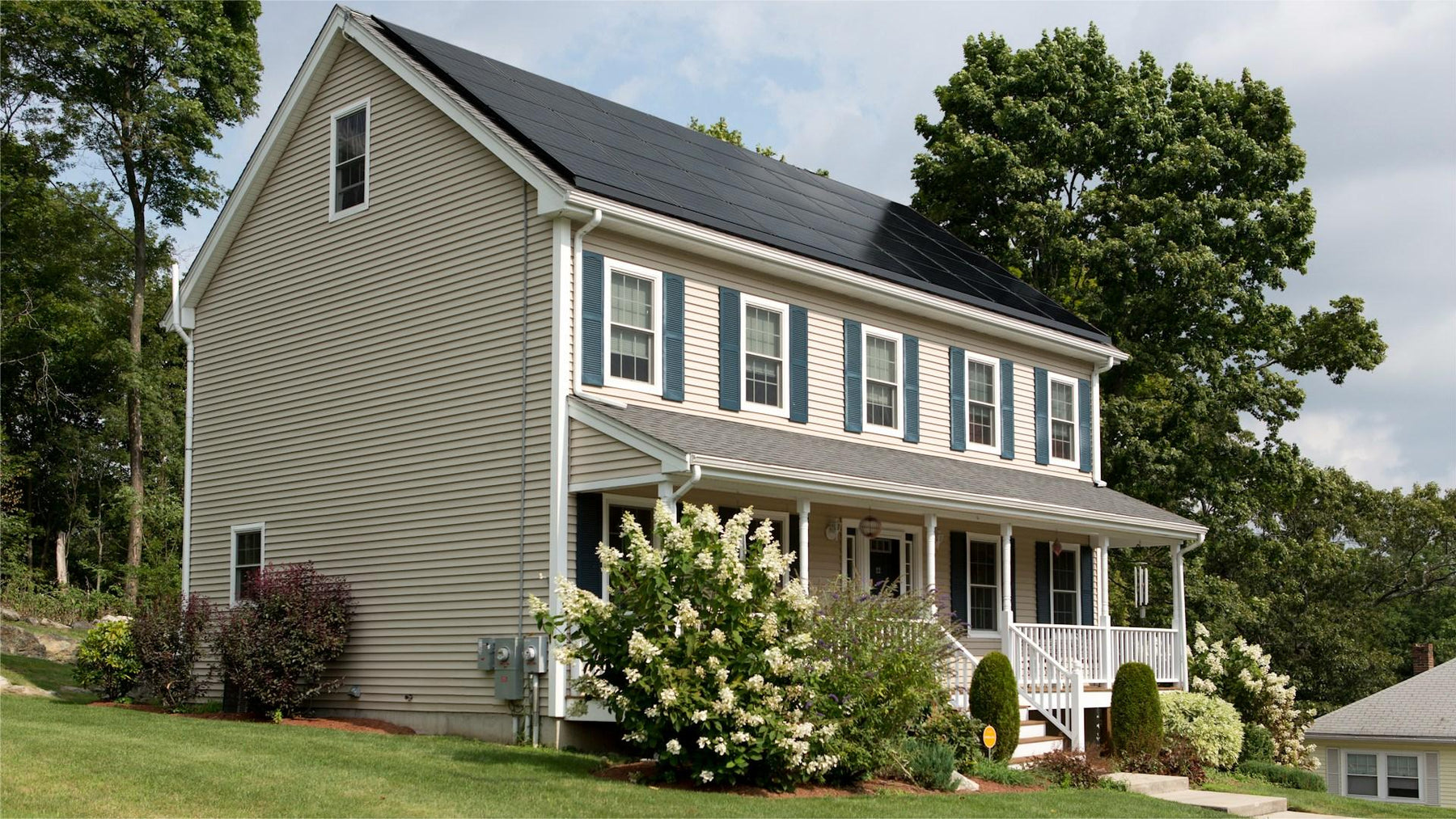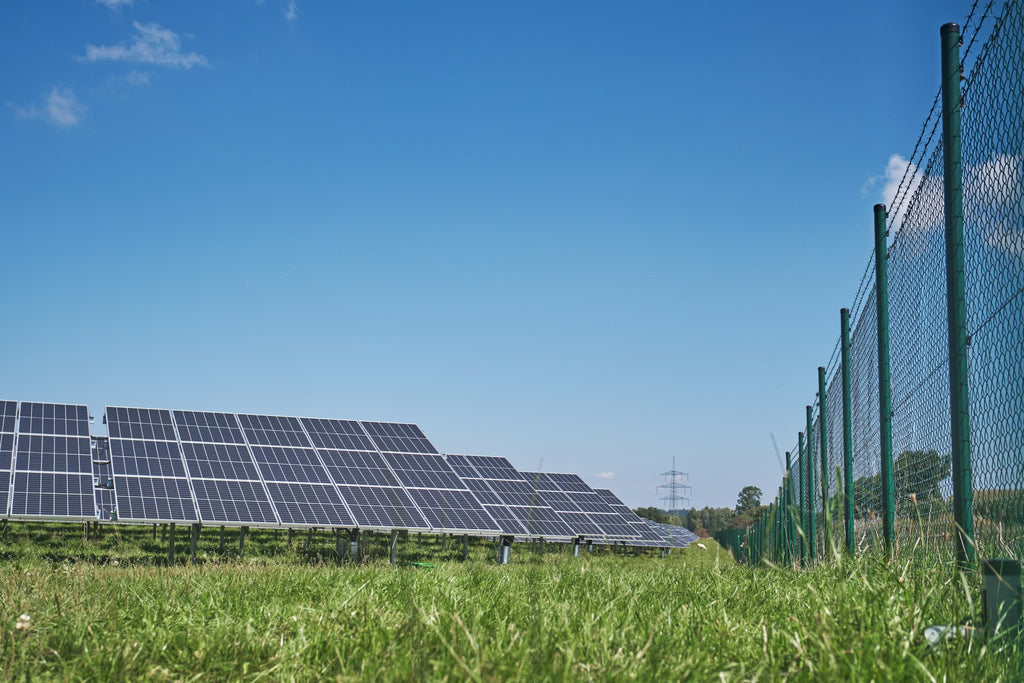
Hybrid Solar Inverter: Pros and Cons
A hybrid solar inverter integrates the functions of a traditional solar inverter and a battery inverter into a single unit. It not only converts direct current (DC) from solar panels into alternating current (AC) for residential or commercial use but also has the capability to store excess energy in batteries for later use. Characterized by its adaptability, the hybrid solar inverter supports both grid-tied and off-grid operations, making it a versatile solution in the evolving landscape of solar energy systems.
However, every coin has two sides. Read on to find out what is good or worse or bad about hybrid solar inverters and to decide if hybrid solar inverters are worth it
Pros of Hybrid Solar Inverter
Energy Independence and Efficiency
Unlike traditional solar systems, which only operate when the sun is shining, hybrid inverters store additional energy for later use, ensuring a continuous supply even during overcast days or nighttime. This capability is particularly IMPORTANT during winter months or in areas with unpredictable weather. For instance, in regions like the Pacific Northwest or northern Europe, where cloudy days are common, hybrid inverters can render solar energy more reliable by compensating for the lack of continuous sunlight. By maintaining an independent energy reserve, these systems enhance overall energy security and provide a stable, reliable power source, reducing the reliance on unpredictable grid supplies.

Cost Savings
The financial advantages of hybrid solar inverters become evident through substantial reductions in electricity bills. By the optimized use of stored solar energy, homeowners can significantly decrease their dependence on costly grid electricity. Say, during peak hours when electricity prices are at their highest, a hybrid system can switch to battery power, avoiding high tariffs and leading to average savings of 20-40% on electricity costs annually, depending on local rates and solar production. Moreover, the integration of smart energy management technologies allows for automatic adjustments in energy usage, prioritizing solar and stored power over expensive grid electricity. This not only trims down electricity bills but also maximizes the return on investment in solar technology.
Grid Interaction
Hybrid solar inverters are made to contribute surplus energy back to the grid, which can translate into financial returns for the user through net metering policies. This reciprocal relationship benefits both the individual, who receives credits or payments for the excess power, and the community by providing additional electricity during high demand periods. For example, during a hot summer afternoon, when air conditioning usage spikes, excess solar energy fed back into the grid can help mitigate power shortages. This feature not only supports local energy infrastructure but also encourages the adoption of renewable energy by making solar systems more economically attractive.

Scalability and Integration
They accommodate the addition of extra solar panels or batteries without the need for extensive modifications, allowing the system to evolve in line with growing energy demands or financial resources. This modular approach is particularly beneficial for businesses or families planning to expand their premises or increase their energy consumption. Additionally, the compatibility of hybrid inverters with existing solar installations means that users can upgrade their systems without discarding previous investments, fostering a more sustainable approach to energy expansion.
Backup Power
The importance of reliable backup power cannot be overstated, especially in regions prone to natural disasters or frequent power outages. Hybrid solar inverters address this need by automatically switching to battery backup during blackouts, ensuring that critical functions, like lighting, refrigeration, and medical devices, continue without interruption. This seamless transition to battery power can be a lifeline during emergencies, providing peace of mind and security to homeowners.
Cons of Hybrid Solar Inverter
Higher Initial Cost
The upfront cost associated with hybrid solar inverters is significantly higher than conventional solar systems. While the exact difference can vary, hybrid systems are generally expected to be 20-50% more expensive when all factors are considered. Specifically, while a standard grid-tied solar inverter might cost around $1,000 to $2,000, a complete hybrid system - including high-capacity batteries and additional hardware - could range from $5,000 to $10,000, depending on the system's capacity and specifications.
Complex Installation and Maintenance
The integration of batteries, advanced inverters, and management systems necessitates detailed planning, sophisticated wiring, and specialized knowledge. This level of complexity means longer installation times and higher labor costs. Furthermore, regular updates, battery checks, and system diagnostics are necessary to maintain efficiency and reliability, which can increase the total cost of ownership and require a higher level of engagement from the owner.

Battery Dependency
The performance and lifespan of a hybrid solar inverter are closely tied to the condition and quality of the batteries used for energy storage. Current battery technologies, while improving, still present limitations in terms of lifespan, efficiency, and environmental impact. In most cases, considering usage patterns, batteries need replacement every 5 to 10 years, thus resulting in significant costs and inconvenience over the life of the solar system.
The Key Takeaways
Pros of Hybrid Solar Inverter
- Enhances energy security by storing excess energy for use during overcast days or nighttime.
- Can reduce electricity bills significantly by optimizing stored solar energy usage, especially during peak hours.
- Allows surplus energy to be sold back to the grid, providing financial returns and supporting local infrastructure.
- Accommodates additional panels or batteries without extensive modifications, offering future-proof energy solutions.
- Provides reliable power during outages, ensuring critical functions continue without interruption.
Cons of Hybrid Solar Inverter
- Dependent on battery performance and lifespan, which can impact overall efficiency and cost-effectiveness.
- Higher initial cost due to sophisticated technology and components like batteries.
- Complex installation and maintenance due to intricate components and software.
- Larger and heavier than standard inverters, potentially complicating installation.

Laisser un commentaire